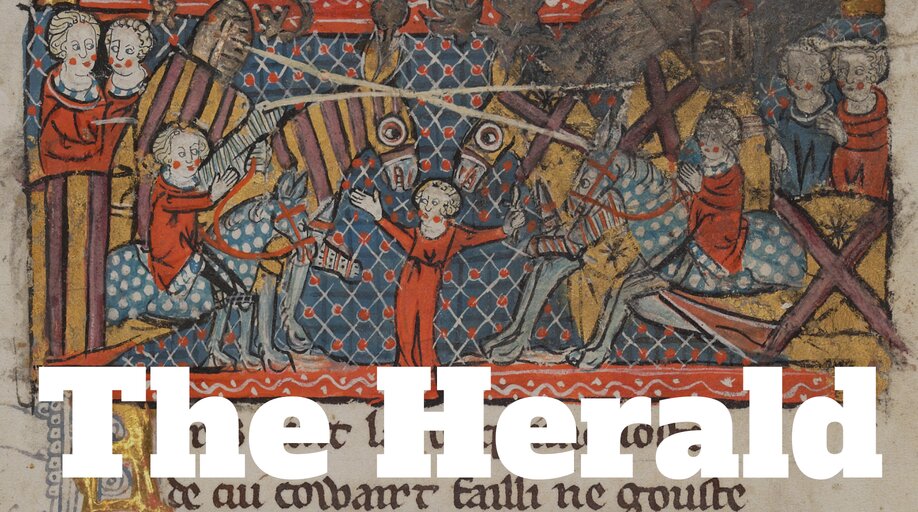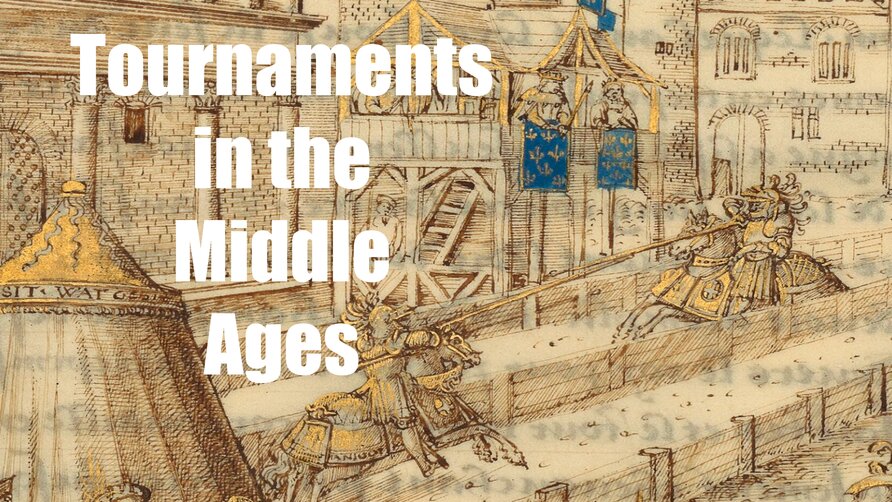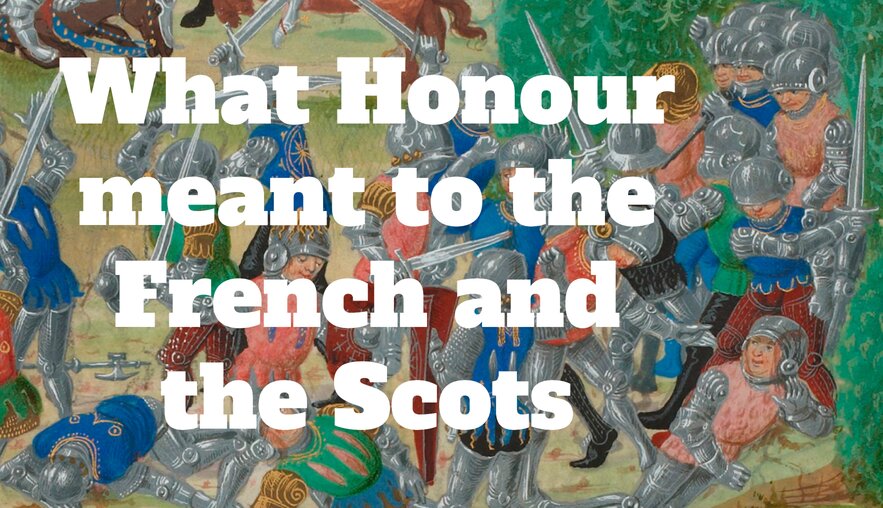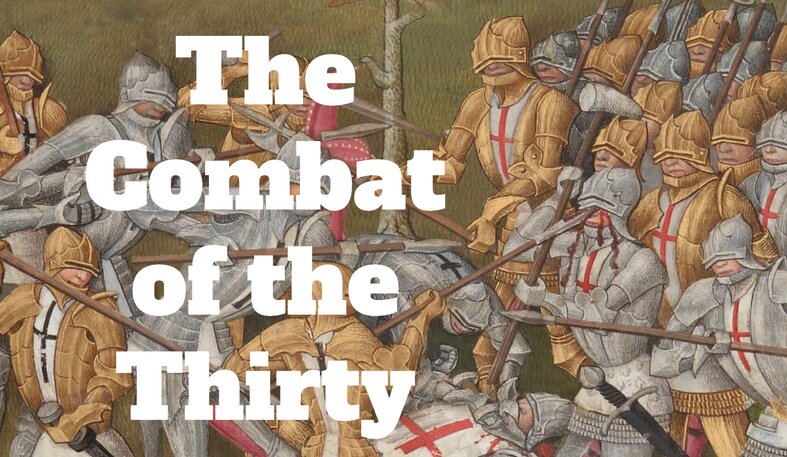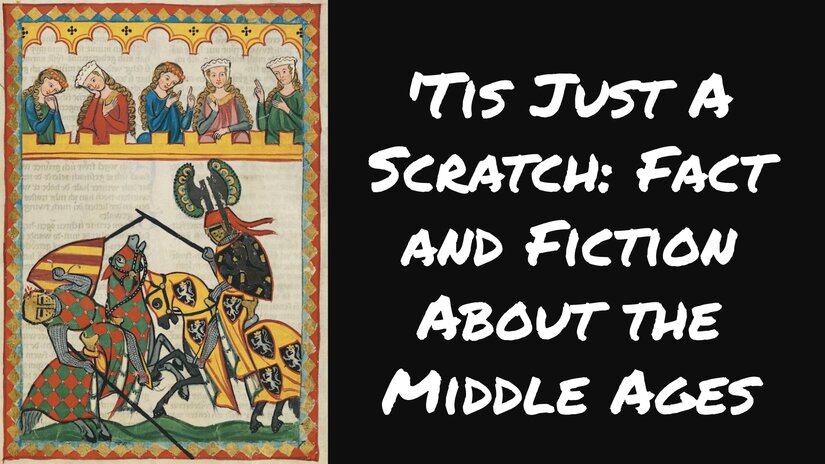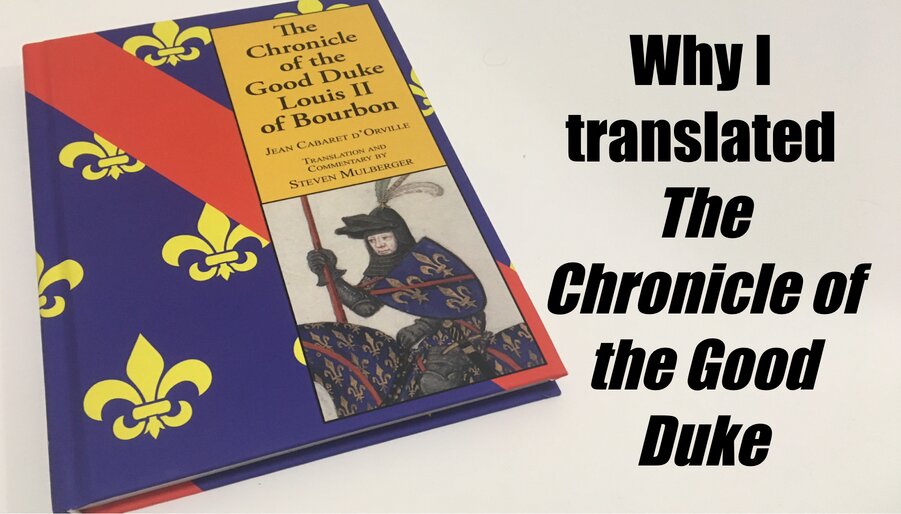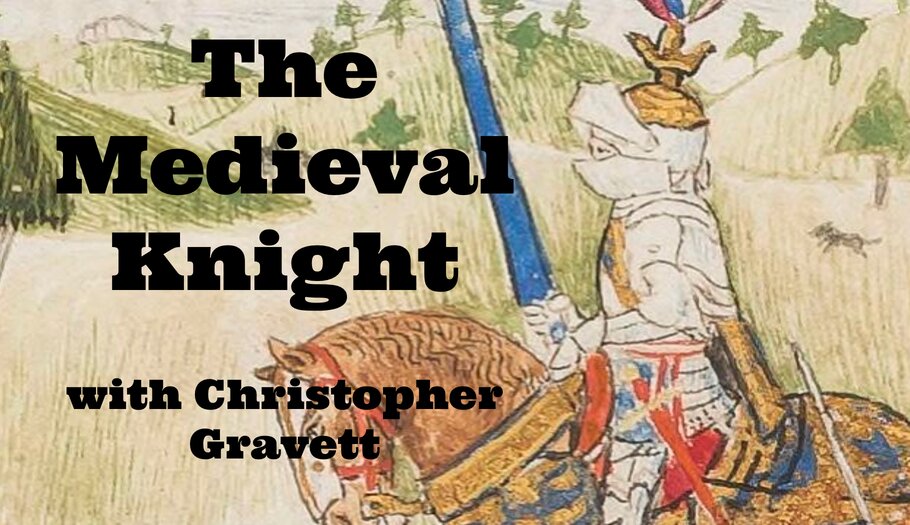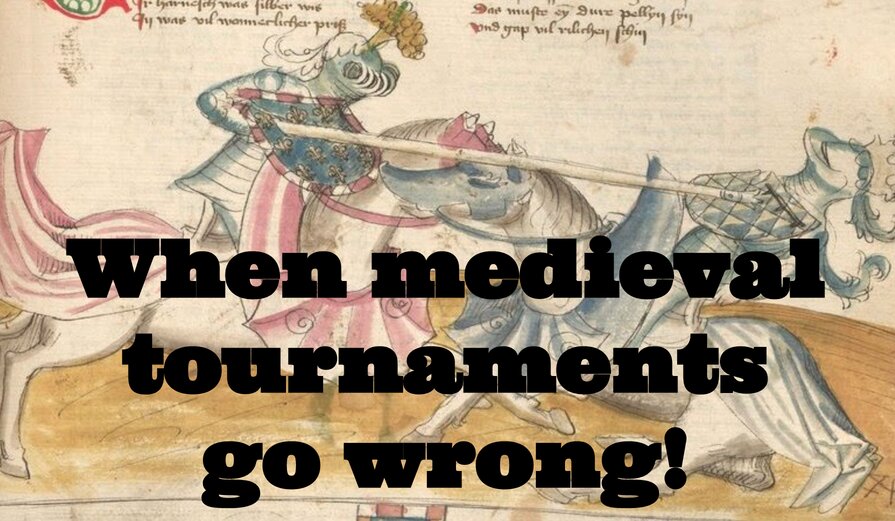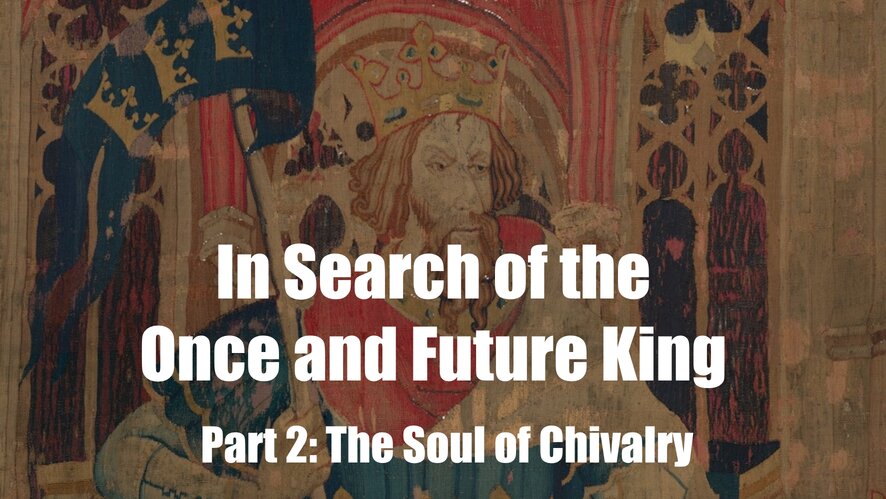The Changing Image of Saladin: From Crusader Villain to Chivalric Hero
Few historical figures have undergone as dramatic a transformation as Saladin. Once cast as a ruthless enemy of Christendom, he later became the very model of knightly virtue in Western literature.
Henry the Young King: Top Star in the Tournament World
The tournament fields of 12th-century France were the battlegrounds where young knights sought fame, fortune, and glory. Among them was Henry the Young King, whose relentless pursuit of victory made him both a celebrated champion and a cautionary tale of ambition.
Cultural Representations of Warfare in the High Middle Ages: The Morgan Picture Bible
The Morgan Picture Bible is more than a mid-13th-century masterpiece of art; it is a vivid and, at times, exaggerated lens into how medieval nobles envisioned warfare.
New Medieval Books: The Book of the Deeds of the Good Knight Jacques de Lalaing
A translation of a 15th-century account of a young knight from Burgundy. Jacques de Lalaing was only 32 years old when he died, but he had already become quite famous for his success in tournaments as well as his military career.
Medieval Masculinity: The Evolution of the Ideal Male Body in the High Middle Ages
Discover how medieval knights balanced physical fitness and spiritual holiness in the High Middle Ages, reshaping the ideal male body. Explore the evolution of masculine virtues through the lens of chivalry, monastic influence, and the crusades.
William Marshal and Richard the Lionheart: Two fierce knights in the 12th century
What happens when William Marshall and King Richard I take part in the same siege?
New Medieval Books: Leading the Rebellion
A self-help / personal philosophy guide with a medieval twist, as the author uses a modern interpretation of the code of chivalry to lead his life to the fullest. His knightly virtues have led him to create one of the top YouTube channels related to the Middle Ages.
Chivalry and Courtesy with Danièle Cybulskie
This week on The Medieval Podcast, guest host Peter Konieczny interviews Danièle about her new book Chivalry and Courtesy: Medieval Manners for a Modern World.
Leading the Rebellion with Jason Kingsley
This week on The Medieval Podcast, Danièle speaks with CEO and YouTube sensation Jason Kingsley about living a chivalrous life in the modern world.
A Beginner’s Guide to Chivalry
Here’s a quick and easy beginner’s guide to chivalry as it was understood by the knights who lived it and wrote about it.
How to be a Knight: Advice from Le Jouvencel
Here are ten of De Bueil’s best pieces of advice for those who wish to become renowned, honourable, and victorious knights.
Medieval Storytime, Knightly Edition
This week on The Medieval Podcast, Danièle reads stories from the biographies of two of the Middle Ages’ greatest knights, William Marshal and Boucicaut, as well as revisiting the famous Combat of the Thirty.
Medieval Heralds and the Tournament at Chauvency
While the jousting was happening, the heralds were busy working the crowds and sometimes causing trouble.
‘And the Crowds Went Wild!’: Tournaments in the Middle Ages
How tournaments and jousting began in the Middle Ages, and how it evolved throughout the centuries.
What Honour meant to the French and the Scots
Ideas about honour and chivalry could be very different within the medieval world, as this example written by Froissart shows.
”A most marvelous deed of arms which should never be forgotten…”: The Combat of the Thirty
A perfect example of the Hundred Years’ War in microcosm, the Combat of the Thirty is a tale of patriotism, pride, and the glory and folly of fourteenth-century chivalry.
‘Tis Just A Scratch: Fact and Fiction About the Middle Ages
A new podcast is exploring the issues of chivalry, knights and medieval history. ‘Tis Just A Scratch: Fact and Fiction About the Middle Ages is hosted by Richard Abels, a retired professor of history at the United States Naval Academy and one of the leading historians on medieval warfare, especially England during the Early Middle Ages.
What does chivalry mean?
There can be several meanings to the word chivalry.
Books by Knights
Did knights write books? What did they write about? A look at serious writings by 13th and 14th-century men-at-arms.
Why I translated The Chronicle of the Good Duke
I wanted to explain why this work is so interesting and a valuable insight into the Middle Ages.
Henry the Young King: Top Star in the Tournament World
As Henry and William travelled the tournament world far and wide, their adventures and exploits became stuff of legends
The Medieval Knight with Christopher Gravett
Knights in the Middle Ages were expert horsemen, pious defenders of the church, property managers, courteous entertainers, reciters of poetry, military leaders, and stone-cold killers. This week on The Medieval Podcast, Danièle speaks with Christopher Gravett on what was knighthood, how one became a knight, and knights in the modern media.
When medieval tournaments go wrong!
When tragedy struck a tournament, the participants and the audience paused to reflect on whether this dangerous game was worth it. At least some of them did.
In Search of the Once and Future King: The Soul of Chivalry
Edward III, fastidiously adorned in the trappings and iconography of the Arthurian romances and a near-universally celebrated aristocratic cult of chivalry, cut an undeniable dashing figure at the feast table or upon the battlefield, even as his armies cut down dashing figures across France.
The Downfall of Chivalry – in the 13th century?
One can find countless examples of people in our modern world lamenting the ‘end of chivalry.’ It might be surprising to hear that medieval people were making the same claims, as far back as the 13th century.












